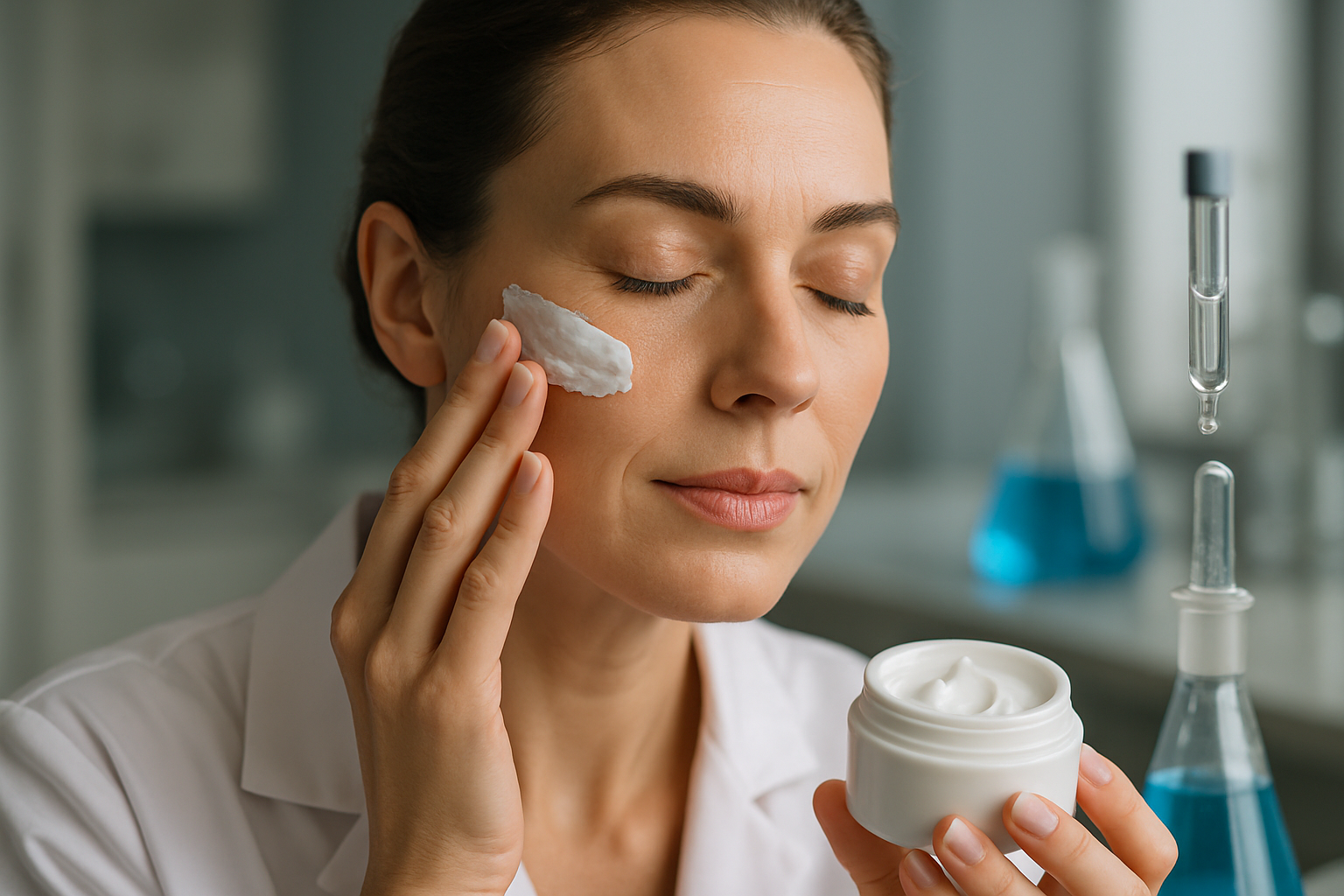Tips For Selecting The Right Itch Relief Cream
Itchy skin can be an uncomfortable and persistent problem, affecting millions of people worldwide. Whether caused by allergies, dry skin, or other underlying conditions, finding the right itch relief cream is crucial for managing symptoms and improving quality of life. This article will provide insights on how to choose the most suitable itch relief cream for your specific needs, helping you make an informed decision when faced with the wide array of options available.

What causes itchy skin and when to use a cream?
Itchy skin, also known as pruritus, can be triggered by various factors. Common causes include dry skin, allergies, insect bites, certain medications, and skin conditions like eczema or psoriasis. While mild cases of itching may resolve on their own, persistent or severe itching often requires treatment. Itch relief creams are typically used when the itching is localized to specific areas of the body and when over-the-counter solutions are appropriate. It’s important to consult a healthcare professional if the itching is severe, widespread, or accompanied by other symptoms.
How do itch relief creams work?
Itch relief creams work through various mechanisms depending on their active ingredients. Some creams contain antihistamines, which block the effects of histamine, a compound released during allergic reactions that causes itching. Others may include corticosteroids, which reduce inflammation and itching. Moisturizing ingredients in these creams can help soothe dry, itchy skin by restoring hydration. Some creams also contain cooling agents like menthol or calamine, which provide a soothing sensation and temporary relief from itching.
What ingredients should you look for in an itch relief cream?
When selecting a cream for itchy skin, it’s essential to look for ingredients that target your specific symptoms. For allergy-related itching, look for creams containing hydrocortisone, a mild corticosteroid that reduces inflammation and itching. Antihistamines like diphenhydramine can also be effective for allergy-induced itching. For dry, itchy skin, ingredients like colloidal oatmeal, aloe vera, and ceramides can help moisturize and soothe the skin. Natural ingredients such as chamomile and calendula are known for their anti-inflammatory properties and can be beneficial for sensitive skin.
How to choose the right itch relief cream for your specific condition?
Selecting the right itch relief cream depends on the underlying cause of your itching. For allergy-related itching, a cream containing hydrocortisone or an antihistamine may be most effective. If you have dry, sensitive skin, look for a cream with moisturizing ingredients and fewer potential irritants. For conditions like eczema or psoriasis, creams with colloidal oatmeal or ceramides can help repair the skin barrier. It’s important to read labels carefully and choose a product that addresses your specific symptoms while avoiding any ingredients you may be sensitive to.
What are the differences between prescription and OTC itch relief creams?
Over-the-counter (OTC) itch relief creams are readily available without a prescription and are suitable for mild to moderate itching. These typically contain lower concentrations of active ingredients like hydrocortisone (usually 1% or less) and are designed for short-term use. Prescription itch relief creams, on the other hand, contain higher concentrations of active ingredients or different medications altogether. These are used for more severe or chronic itching conditions and require a doctor’s supervision. Prescription creams may include stronger corticosteroids, immunomodulators, or other specialized treatments that are not available over the counter.
| Product Type | Active Ingredient | Strength | Best For |
|---|---|---|---|
| OTC Hydrocortisone Cream | Hydrocortisone | 0.5-1% | Mild allergic reactions, insect bites |
| OTC Antihistamine Cream | Diphenhydramine | 1-2% | Allergic itching, hives |
| OTC Moisturizing Cream | Colloidal Oatmeal | Varies | Dry, itchy skin |
| Prescription Corticosteroid | Triamcinolone | 0.025-0.5% | Moderate to severe eczema, dermatitis |
| Prescription Immunomodulator | Tacrolimus | 0.03-0.1% | Atopic dermatitis, resistant eczema |
Prices, rates, or cost estimates mentioned in this article are based on the latest available information but may change over time. Independent research is advised before making financial decisions.
When choosing an itch relief cream, consider factors such as the severity of your symptoms, the affected area of your body, and any known allergies or sensitivities. Always follow the instructions on the product label or your healthcare provider’s recommendations. If OTC creams do not provide sufficient relief or if your symptoms persist, consult a dermatologist or healthcare professional for a more targeted treatment approach.
Remember that while itch relief creams can provide significant comfort, they should be used as part of a comprehensive skincare routine. This may include avoiding known irritants, using gentle, fragrance-free soaps, and keeping your skin well-moisturized. By carefully selecting the right itch relief cream and maintaining good skin care practices, you can effectively manage itchy skin and improve your overall comfort and well-being.




